Hoe
Learn How To Use A Hoe For Gardening With These Different Garden Hoes
The appropriate tool selection in the garden can have a significant impact. A hoe is used to pull up weeds and for gardening tasks like raking and mounding the soil. Did you know that there are various sorts of garden hoes? It’s a crucial instrument for every dedicated gardener. Others are made for larger or smaller settings, while some are suited for specific tasks like weeding. Both the garden and your muscles will appreciate you for choosing the appropriate hoe for the task.
Garden hoe varieties
The essential design and function of every hoe is the same: a long handle with a paddle, blade, or stirrup at the end, usually at an angle to the handle. Hoes are tools used for weeding and cultivating garden soil. There are a few modifications even with this fundamental design, thus utilizing hoes effectively in the garden requires making the appropriate choice:
– Draw or paddle a hoe. The standard garden hoe is also known as a paddle, draw, chopping, or planter. A little, 90°-angled rectangle of about 6 by 4 inches (15 x 10 cm) sits at the handle’s tip. This is a good all-purpose hoe that will enable you to pull weeds out by the roots, create a mound, and shape the soil. Versions of this are available with lighter weights and smaller paddles for confined places. This is a wonderful place to start if you don’t know how to use a hoe that is more specialized.
– Hoe a stirrup. This hoe, which is also called a shuffle hoe or a loop hoe, features an attachment that resembles the stirrup on a saddle. While the stirrup can also be used in a back-and-forth manner, unlike the paddle hoe, which is typically employed by pulling it back or making a chopping motion, this method truly aids in digging out tough weeds without moving a lot of soil.
– Onion or Collinear hoe. This style of hoe has a long, thin blade or paddle that is typically 7 by 1 inches in size (18 x 2.5 cm.). The blade of this hoe rides parallel to the soil’s surface and is made specifically for weeding in confined locations. The blade’s angle makes it possible to use it standing up, which is beneficial for your back.
– Dutch or Warren hoe. In contrast to the standard paddle hoe, this one has a triangle- or spade-shaped flat blade or paddle affixed at a 90-degree angle. To enter small spaces or pull out challenging weeds, use the sharp end that faces outward. You can find a hoe with a shorter handle in addition to the sorts of garden hoes mentioned above. If you prefer to plant while seated or on your knees, having them is a terrific idea.
As you plant your garden, keep in mind all the different garden hoes. You can place your vegetables such that the hoe will fit between them depending on the type you now have or intend to purchase. Weeding will become much quicker and simpler as a result.
Uses For A Dutch Hoe – Discover How To Weed With One
Even seasoned gardeners become exhausted from hoeing. It takes a lot of effort to get the blade into the ground and then raise it back up, making this task the least preferred by many gardeners. perhaps even yours. However, once you begin utilizing Dutch hoes, your perspective on hoeing may change. The previous tool has been updated in a cool way that makes hoeing more simpler. Continue reading for information on Dutch hoe applications, including advice on using one to weed.
What is a Dutch hoe, those who haven’t heard of it may wonder? It’s a novel spin on an old tool that makes weeding less painful. The blade of a Dutch hoe, also known as a push hoe, is not at a conventional 90-degree angle. The Dutch hoe’s blade, on the other hand, faces forward.
It’s not at all difficult to use a Dutch hoe, in case you were wondering. Simply switch to a pushing-pulling motion from chopping.
A Dutch hoe is used for weeding, which is considerably different from a standard hoe. You won’t need to make that strenuous motion of raising and lowering the blade as if you were cutting wood. Dutch hoes feature blades with a single slope that face forward, which explains this. By the long, wooden handle, you grip the implement while skimming it just below the soil’s surface. The roots of weeds are cut off.
When using the Dutch hoe to weed, you can stand tall and straight. This is more effective at getting rid of weeds and is easier on your back. You have enough leverage from the handle to do the task without strain. You’ll see how simple it is to remove weeds after you understand how to use a Dutch hoe. Both on the push and pull strokes, the steel blade of these hoes chops off weeds that are just below the soil. What happens to the debris that accumulates on the blade’s surface? To allow soil to return to the ground as you continue to use Dutch hoes, the majority of them are built with gap sections or holes in the blade.
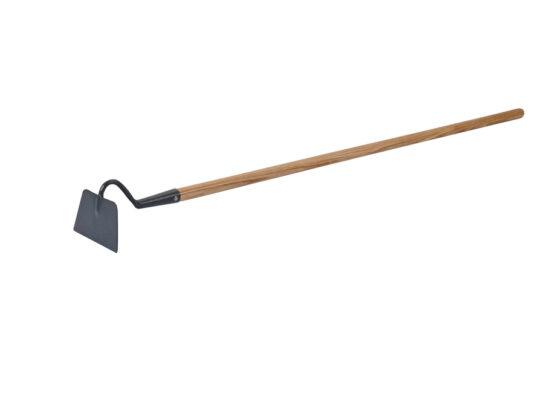
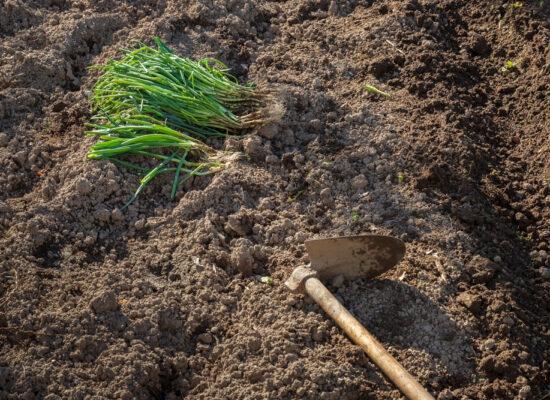
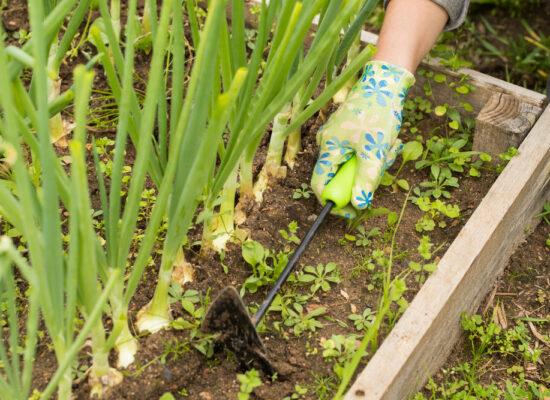
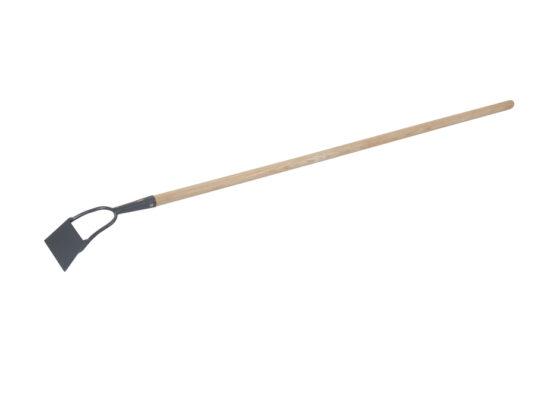
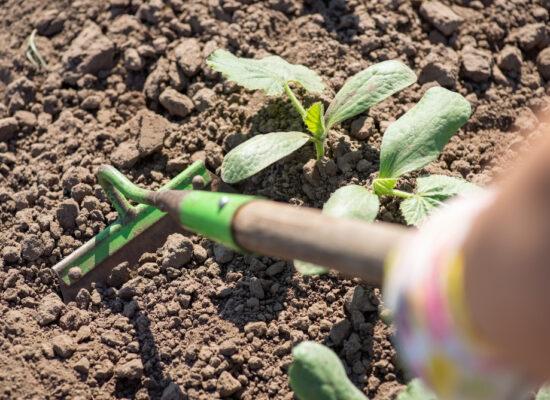
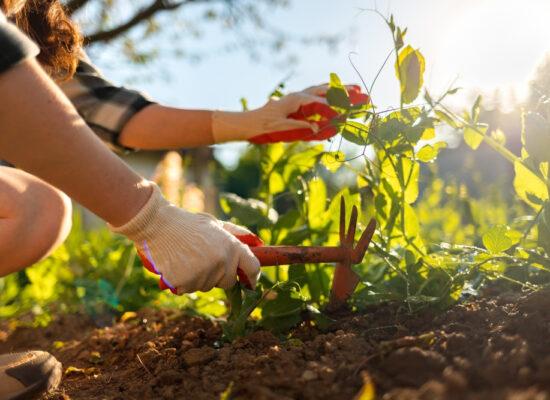
© Arbemu. All rights reserved